Opinion & Analysis
Do you really need to buy new wedges?
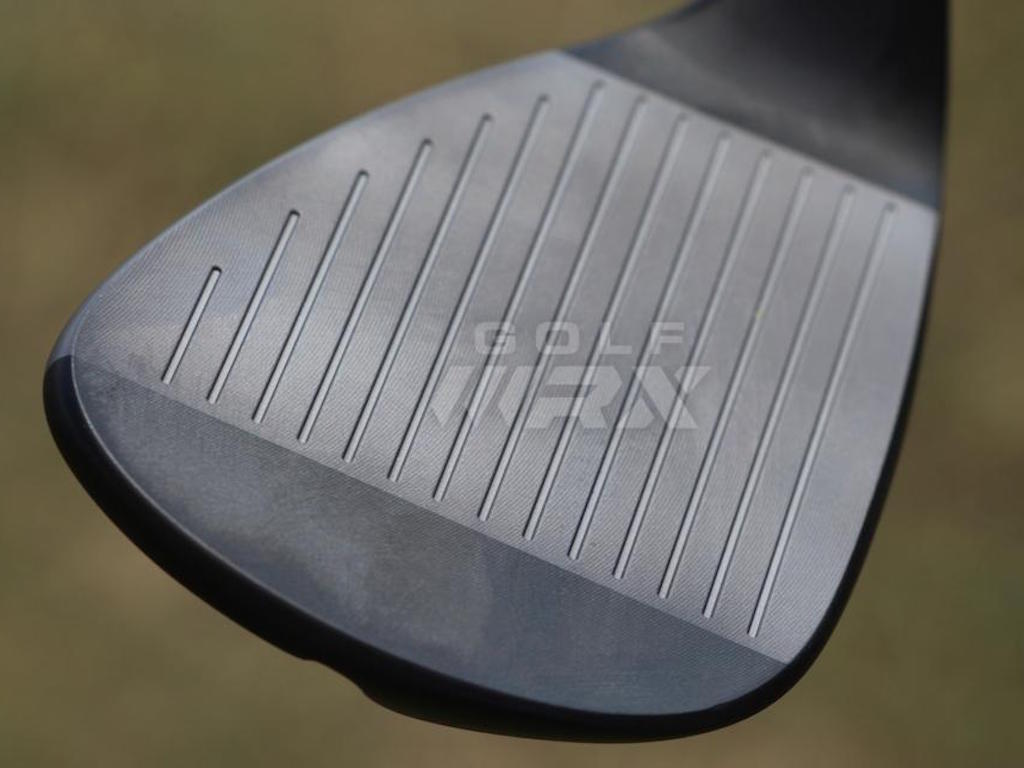
I’m as guilty as the rest of the golfing population when it comes to replacing my wedges too infrequently. Quite frankly, the only time I’ve changed them over the last few years is when I’ve been sent new clubs to test by my equipment sponsor.
If I was left on my own, I’m sure I would use my wedges until the paint fell off. It’s NOT the best idea, but my attitude has been like a lot of you in the golfing world: “It really doesn’t matter for as little golf as I play.”
This story was prompted by a few new wedges I was sent to try. We all hear about how often PGA Tour players change their wedges, and how much spin we’re losing by not changing our wedges more frequently. It is true?
To help you understand the real impact of worn grooves, I put it to the test. I hit four common wedge shots with three different wedges on Trackman that included:
- A new, 58-degree wedge
- A worn-out, 58-degree wedge (used for one season)
- A “super” worn-out, 58-degree wedge (used for multiple seasons)
The New Wedge
The Worn-Out Wedge
The “Super” Worn-Out Wedge
The Results
10-Yard Flop
- Super Worn: 3398 rpm
- Worn: 4262 rpm
- New: 4226 rpm
25-Yard Stock Shot
- Super Worn: 5249 rpm
- Worn: 4613 rpm
- New: 5291 rpm
40-Yard Stock Shot
- Super Worn: 6739 rpm
- Worn: 6195 rpm
- New: 6710 rpm
The only thing I can tell you about the 25- and 40-yard shot is that the super worn-out wedge seemed to have a sharper leading edge, and it felt like it was digging perfectly for my motion. As you can see in the Trackman screen shots at the bottom of this story, the ball was coming out flatter than the worn-out wedge, which decreased my spin loft and added spin.
For more information on spin loft with wedges, see “The Wedge Project” by Andrew Rice at www.andrewricegolf.com
Full Shot (80 Yards)
- Super Worn: 9435 rpm, peak spin rate of 10,117 rpm
- Worn: 10,260 rpm, peak spin rate of 10,400 rpm
- New: 10,641 rpm, peak spin rate of 11,121 rpm
The numbers tell us that wedge gurus are correct in saying that new wedges work better than the old ones when it comes to creating spin. The older the wedge, the less it will likely spin at all distances.
For that reason, I would suggest changing your wedges when you begin to see the initial effects of wear so you can keep your “grip” on the greens. The first signs include wedge shots that launch higher than normal — particularly from the rough — and don’t stop or spin back as much as they once did.
- LIKE242
- LEGIT56
- WOW12
- LOL15
- IDHT6
- FLOP21
- OB15
- SHANK128
Opinion & Analysis
Ryan: Why the race to get better at golf might be doing more harm than good

B.F. Skinner was one of the most important psychologists of the 20th century, developing the foundation of the development of reinforcement, and in doing so, creating the concept of behaviorism. In simple terms, this means that we are conditioned by our habits. In practical terms, it explains the divide between the few and far between elite instructors and college coaches.
To understand the application, let’s quickly review one of B.F. Skinner’s most important experiments; superstitions in the formation of behavior by pigeons. In this experiment, food was dispensed to pigeons at random intervals. Soon, according to Skinner, the pigeons began to associate whatever action they were doing at the time of the food being dispensed. According to Skinner, this conditioned that response and soon, they simply haphazardly repeated the action, failing to distinguish between cause and correlation (and in the meantime, looking really funny!).
Now, this is simply the best way to describe the actions of most every women’s college golf coach and too many instructors in America. They see something work, get positive feedback and then become conditioned to give the feedback, more and more, regardless of if it works (this is also why tips from your buddies never work!).
Go to a college event, particularly a women’s one, and you will see coaches running all over the place. Like the pigeons in the experiment, they have been conditioned into a codependent relationship with their players in which they believe their words and actions, can transform a round of golf. It is simply hilarious while being equally perturbing
In junior golf, it’s everywhere. Junior golf academies make a living selling parents that a hysterical coach and over-coaching are essential ingredients in your child’s success.
Let’s be clear, no one of any intellect has any real interest in golf — because it’s not that interesting. The people left, including most coaches and instructors, carve out a small fiefdom, usually on the corner of the range, where they use the illusion of competency to pray on people. In simple terms, they baffle people with the bullshit of pseudo-science that they can make you better, after just one more lesson.
The reality is that life is an impromptu game. The world of golf, business, and school have a message that the goal is being right. This, of course, is bad advice, being right in your own mind is easy, trying to push your ideas on others is hard. As a result, it is not surprising that the divorce rate among golf professionals and their instructors is 100 percent. The transfer rate among college players continues to soar, and too many courses have a guy peddling nefarious science to good people. In fact, we do at my course!
The question is, what impact does all this have on college-age and younger kids? At this point, we honestly don’t know. However, I am going to go out on a limb and say it isn’t good.
Soren Kierkegaard once quipped “I saw it for what it is, and I laughed.” The actions of most coaches and instructors in America are laughable. The problem is that I am not laughing because they are doing damage to kids, as well as driving good people away from this game.
The fact is that golfers don’t need more tips, secrets, or lessons. They need to be presented with a better understanding of the key elements of golf. With this understanding, they can then start to frame which information makes sense and what doesn’t. This will emancipate them and allow them to take charge of their own development.
- LIKE3
- LEGIT2
- WOW0
- LOL0
- IDHT0
- FLOP0
- OB0
- SHANK3
19th Hole
Vincenzi’s 2024 Valspar Championship betting preview: Elite ballstrikers to thrive at Copperhead
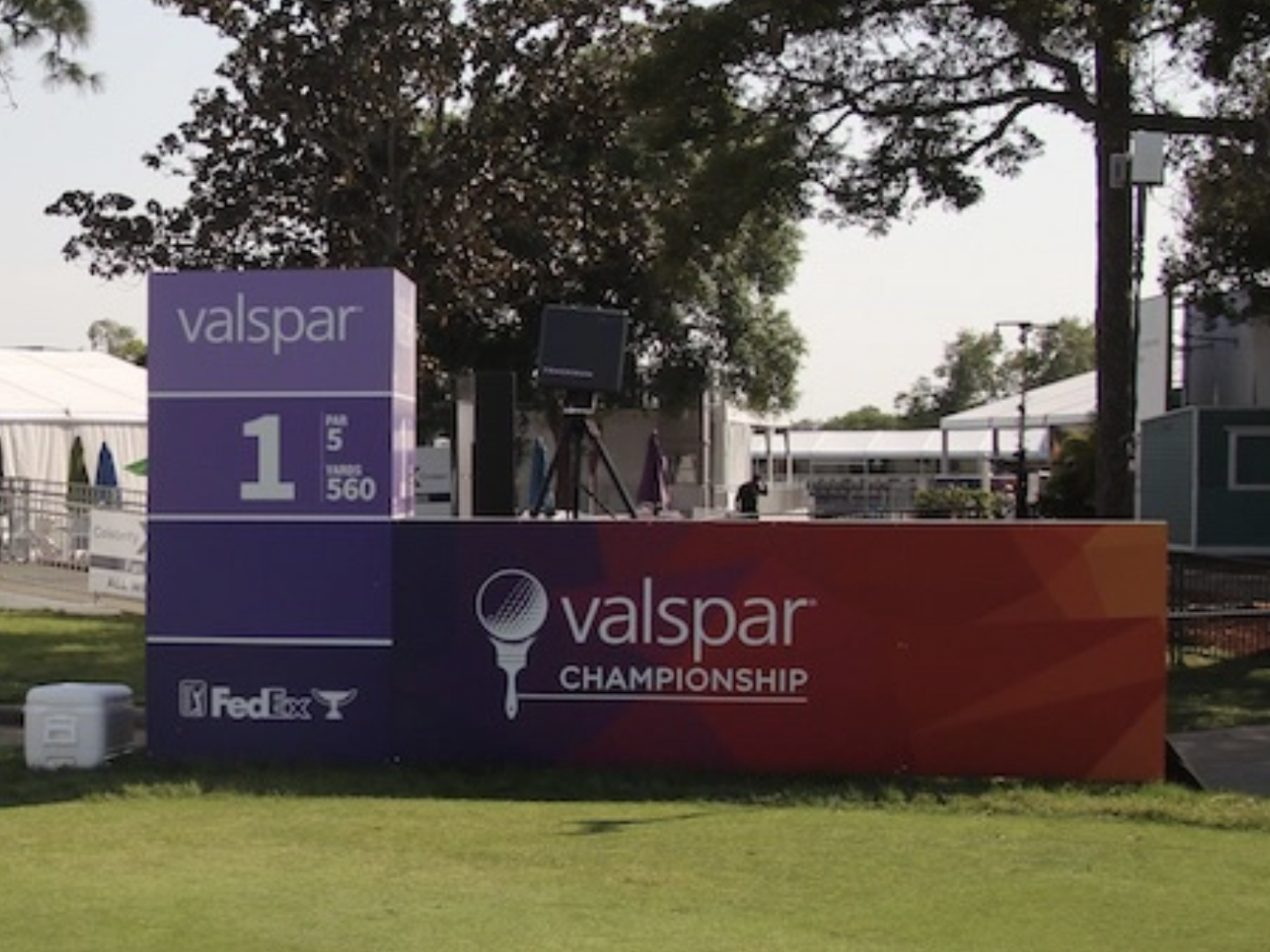
The PGA TOUR will stay in Florida this week for the 2024 Valspar Championship.
The Copperhead Course at Innisbrook Resort is a par 71 measuring 7,340 yards and features Bermudagrass greens overseeded with POA. Infamous for its difficulty, the track will be a tough test for golfers as trouble lurks all over the place. Holes 16, 17 and 18 — also known as the “Snake Pit” — make up one of the toughest three-hole stretches in golf and should lead to a captivating finish on Sunday.
The field is comprised of 156 golfers teeing it up. The field this week is solid and is a major improvement over last year’s field that felt the impact of players skipping due to a handful of “signature events” in a short span of time.
Past Winners at Valspar Championship
- 2023: Taylor Moore (-10)
- 2022: Sam Burns (-17)
- 2021: Sam Burns (-17)
- 2019: Paul Casey (-8)
- 2018: Paul Casey (-10)
- 2017: Adam Hadwin (-14)
- 2016: Charl Schwartzel (-7)
- 2015: Jordan Spieth (-10)
In this article and going forward, I’ll be using the Rabbit Hole by Betsperts Golf data engine to develop my custom model. If you want to build your own model or check out all of the detailed stats, you can sign up using promo code: MATTVIN for 25% off any subscription package (yearly is best value).
Key Stats For Copperhead
1. Strokes Gained: Approach
Strokes Gained: Approach grades out as the most important statistic once again this week. Copperhead really can’t be overpowered and is a second-shot golf course.
Total SG: Approach Over Past 24 Rounds (per round)
- Tony Finau (+.90)
- Nick Taylor (+.81)
- Justin Thomas (+.77)
- Greyson Sigg (+.69)
- Christiaan Bezuidenhout (+.67)
2. Good Drive %
The long hitters can be a bit limited here due to the tree-lined fairways and penal rough. Playing from the fairways will be important, but laying back too far will cause some difficult approaches with firm greens that may not hold shots from long irons.
Golfers who have a good balance of distance and accuracy have the best chance this week.
Good Drive % Over Past 24 Rounds
- Brice Garnett (+91.3%)
- Zach Johnson (+91.1%)
- Sam Ryder (+90.5%)
- Ryan Moore (+90.4%)
- Aaron Rai (+89.7%)
3. Strokes Gained: Ball Striking
Adding ball-striking puts even more of a premium on tee-to-green prowess in the statistical model this week. Golfers who rank highly in ball-striking are in total control of the golf ball which is exceedingly important at Copperhead.
SG: Ball Striking Over Past 24 Rounds:
- Xander Schauffele (+1.32)
- Keith Mitchell (+1.29)
- Tony Finau (+1.24)
- Cameron Young (+1.17)
- Doug Ghim (+.95)
4. Bogey Avoidance
With the conditions likely to be difficult, avoiding bogeys will be crucial this week. In a challenging event like the Valspar, oftentimes the golfer who is best at avoiding mistakes ends up on top.
Gritty golfers who can grind out difficult pars have a much better chance in an event like this than a low-scoring birdie-fest.
Bogey Avoidance Over Past 24 Rounds
- Brice Garnett (+9.0)
- Xander Schauffele (+9.3)
- Austin Cook (+9.7)
- Chesson Hadley (+10.0)
- Greyson Sigg (+10.2)
5. Strokes Gained: Total in Difficult Conditions
Conditions will be tough this week at Copperhead. I am looking for golfers who can rise to the occasion if the course plays as difficult as it has in the past.
Strokes Gained: Total in Difficult Conditions Over Past 24 rounds
- Xander Schauffele (+1,71)
- Min Woo Lee (+1.39)
- Cameron Young (+1.27)
- Jordan Spieth (+1.08)
- Justin Suh (+.94)
6. Course History
That statistic will tell us which players have played well at Copperhead in the past.
Course History Over Past 24 rounds
- Patrick Cantlay (+3.75)
- Sam Burns (+2.49)
- Davis Riley (+2.33)
- Matt NeSmith (+2.22)
- Jordan Spieth (+2.04)
The Valspar Championship Model Rankings
Below, I’ve compiled overall model rankings using a combination of the five key statistical categories previously discussed — SG: Approach (27%), Good Drive % (15%), SG: BS (20%), Bogeys Avoided (13%), Course History (13%) Strokes Gained: Total in Difficult Conditions (12%).
- Xander Schauffele
- Doug Ghim
- Victor Perez
- Greyson Sigg
- Ryan Moore
- Tony Finau
- Justin Thomas
- Sam Ryder
- Sam Burns
- Lucas Glover
2024 Valspar Championship Picks
Justin Thomas +1400 (DraftKings)
Justin Thomas will be disappointed with his finish at last week’s PLAYERS Championship, as the past champion missed the cut despite being in some decent form heading into the event. Despite the missed cut, JT hit the ball really well. In his two rounds, the two-time major champion led the field in Strokes Gained: Approach per round.
Thomas has been up and down this season. He’s missed the cut in two “signature events” but also has finishes of T12 at the Arnold Palmer Invitational, T12 at the Waste Management Phoenix Open, T6 at the Pebble Beach AT&T Pro-Am and T3 at the American Express. In his past 24 rounds, he ranks 3rd in the field in Strokes Gained: Approach and 6th in Strokes Gained: Ball Striking in the field.
Thomas loves Copperhead. In his last three tries at the course, he’s finished T13, T3 and T10. Thomas would have loved to get a win at a big event early in the season, but avoidable mistakes and a balky putter have cost him dearly. I believe a trip to a course he loves in a field he should be able to capitalize on is the right recipe for JT to right the ship.
Christiaan Bezuidenhout +6000 (FanDuel)
Christiaan Bezuidenhout is playing spectacular golf in the 2024 season. He finished 2nd at the American Express, T20 at Pebble Beach and T24 at the Genesis Invitational before finishing T13 at last week’s PLAYERS Championship.
In his past 24 rounds, the South African ranks 3rd in the field in Strokes Gained: Approach and 26th in Strokes Gained: Ball Striking. Bezuidenhout managed to work his way around TPC Sawgrass last week with minimal damage. He only made five bogeys in the entire week, which is a great sign heading into a difficult Copperhead this week.
Bezuidenhout is winless in his PGA Tour career, but certainly has the talent to win on Tour. His recent iron play tells me that this week could be a breakthrough for the 35-year-old who has eyes on the President’s Cup.
Doug Ghim +8000 (FanDuel)
Doug Ghim has finished in the top-16 of his past five starts. Most recently, Ghim finished T16 at The PLAYERS Championship in a loaded field.
In his past 24 rounds, Ghim ranks 8th in Strokes Gained: Approach and 5th in Strokes Gained: Ball Striking. In terms of his fit for Copperhead, the 27-year-old ranks 12th in Bogey Avoidance and 7th in Strokes Gained: Total in Difficult Conditions, making him a great fit for the course.
Ghim has yet to win on Tour, but at one point he was the top ranked Amateur golfer in the world and played in the 2017 Arnold Palmer Cup and 2017 Walker Cup. He then won the Ben Hogan award for the best male college golfer in 2018. He certainly has the talent, and there are signals aplenty that his talent in ready to take him to the winner’s circle on the PGA Tour.
Sepp Straka +8000 (BetRivers)
Sepp Straka is a player who’s shown he has the type of game that can translate to a difficult Florida golf course. The former Presidents Cup participant won the 2022 Honda Classic in tough conditions and should thrive with a similar test at Copperhead.
It’s been a slow 2024 for Straka, but his performance last week at the PLAYERS Championship surely provides some optimism. He gained 5.4 strokes on approach as well as 1.88 strokes off the tee. The tee-to-green game Straka showed on a course with plenty of danger demonstrates that he can stay in control of his golf ball this week.
It’s possible that the strong performance last week was an outlier, but I’m willing to bet on a proven winner in a weaker field at a great number.
Victor Perez +12000 (FanDuel)
Victor Perez is no stranger to success in professional golf. The Frenchman has three DP World Tour wins including a Rolex Series event. He won the 2019 Alfred Dunhill Links Championship, as well as the 2023 Abu Dhabi HSBC Championship, which are some big events.
Perez earned his PGA Tour card this season and enters the week playing some fantastic golf. He finished in a tie for 16th in Florida at the Cognizant Classic and then tied for third in his most recent start at the Puerto Rico Open.
In his past 24 rounds in the field, Perez ranks 11th in Strokes Gained: Approach, 1oth in Strokes Gained: Ball Striking, 6th in Good Drive % and 15th in Bogey Avoidance.
Perez comes in as a perfect fit for Copperhead and offers serious value at triple-digit odds.
- LIKE16
- LEGIT3
- WOW2
- LOL0
- IDHT0
- FLOP1
- OB2
- SHANK6
Opinion & Analysis
Myrtle Beach, Explored: February in South Carolina
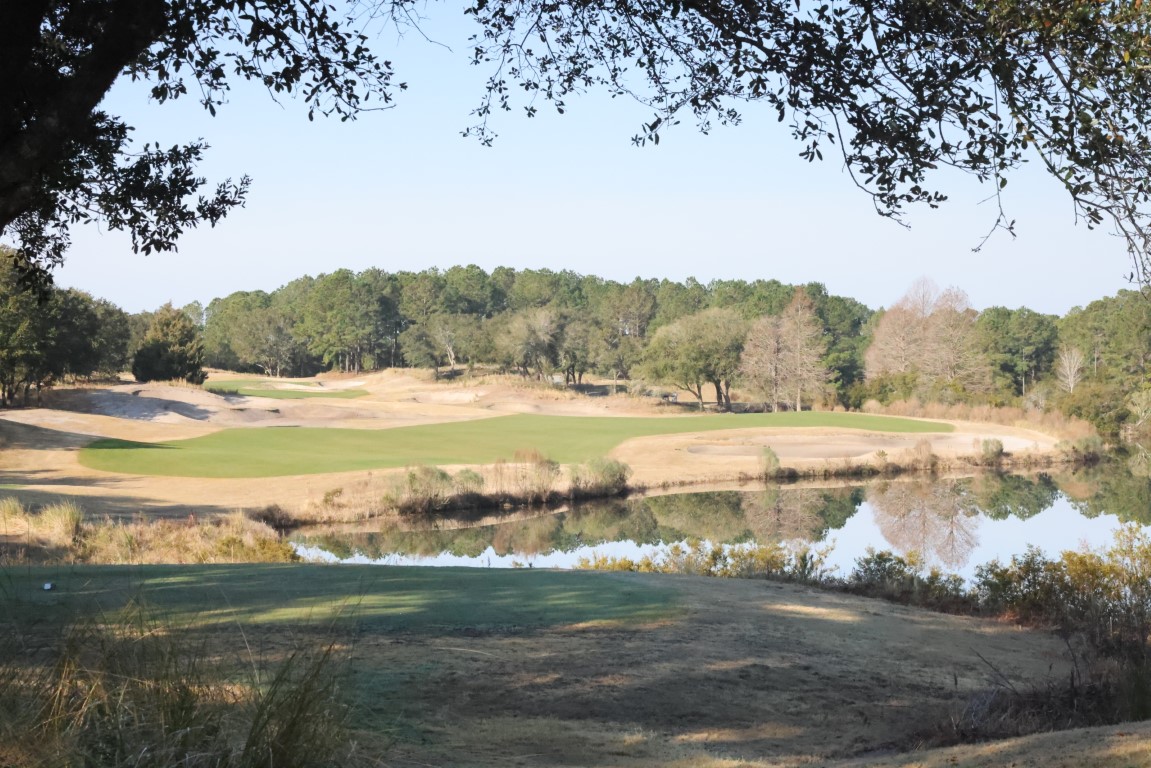
As I gain in experience and age, and familiarity breeds neither contempt nor disdain, I understand why people return to a place. A destination like Myrtle Beach offers a sizable supply and diversity of restaurants, entertainment venues, and shops that are predicated on the tenets of the service industry. Greet your customers with a smile and a kind word, and they will find comfort and assurance. Provide them with a memorable experience and they will suggest your place of business to others.
My first tour of Myrtle Beach took place in the mid-1980s, and consisted of one course: Gator Hole. I don’t remember much from that day, and since Gator Hole closed a decade later, I cannot revisit it to recollect what I’d lost. Since then, I’ve come to the Grand Strand a few times, and been fortunate to never place a course more than once. I’ve seen the Strantz courses to the south and dipped my toe in the North Carolina courses of Calabash. I’ve been to many in the middle, including Dunes, Pine Lakes, Grande Dunes among them.
2024 brought a quartet of new courses, including two at the Barefoot Resort. I’d heard about the North Myrtle Beach four-pack of courses that highlight the Barefoot property, including layouts from Pete Dye, Tom Fazio, Davis Love III, and Greg Norman. I had the opportunity to play and shoot the Dye and Fazio tracks, which means that I’ll have to return to see the other two. Sandwiched between them were the TPC-Myrtle Beach course, also from Tom Fazio, and the Pawley’s Plantation trace, by the hand of Jack Nicklaus. I anticipated a bit of the heroic, and bit of the strategic, and plenty of eye candy. None of those architects would ever be considered a minimalist, so there would be plenty of in-play and out-of-play bunkers and mounds to tantalize the senses.
My nephew arrived a few days early, to screen a few more courses. As a result, you the reader will have an extra quarter of mini-reviews, bringing the total of courses in this piece to eight. It was inconceivable that CJR would play four courses that I had never played nor photographed, but that was the case. His words appear at the end of this piece. We hope that you enjoy the tour.
Main Feature: Two Barefoots, a TPC, and Pawley’s Plantation
What Paul “Pete” Dye brought back from his trips to the United Kingdom, hearkened back to what C.B. MacDonal did, some 65 years prior. There is a way of finding bunkers and fairways, and even green sites, that does not require major industrial work. The Dye course at Barefoot Resorts takes you on a journey over the rumpled terrain of distant places. If there’s one element missing, it’s the creased and turbulent fairways, so often found in England and Ireland. The one tenet of playing a Dye course, is to always aim away from temptation, from where your eyes draw you. Find the safe side of the target, and you’ll probably find your ball. It then stands that you will have a shot for your next attempt. Cut the corner, and you might have need to reload. The Barefoot course begins gently, in terms of distance, but challenges with visual deception. After two brief 4s and a 3, the real work begins. The course is exposed enough, to allow the coastal winds to dance along the fairways. Be ready to keep the ball low and take an extra club or two.
If memory serves, TPCMB is my first trek around a TPC-branded course. It had all the trappings of a tour course, from the welcome, through the clubhouse, to the practice facilities and, of course, the course. TPC-Myrtle Beach is a Tom Fazio design, and if you never visit Augusta National, you’ll now have an idea of what it is like. You play Augusta’s 16th hole twice at TPCMB, and you enjoy it both times. Fazio really likes the pond-left, green-angle-around par three hole, and his two iterations of it are memorable.
You’ll also see those Augusta bunkers, the ones with the manicured edges that drop into a modestly-circular form. What distinguishes these sand pits is the manner in which they rise from the surrounding ground. They are unique in that they don’t resemble the geometric bunkering of a Seth Raynor, nor the organic pits found in origin courses. They are built, make no mistake, and recovery from them is manageable for all levels of bunker wizardry.
If you have the opportunity to play the two Tom Fazio courses back to back, you’ll notice a marked difference in styling. Let me digress for a moment, then circle back with an explanation. It was written that the NLE World Woods course designed by Fazio, Pine Barrens, was an homage to Pine Valley, the legendary, New Jersey club where Fazio is both a member and the architect on retainer. The Pine Barrens course was plowed under in 2022, so the homage no longer exists. At least, I didn’t think that it existed, until I played his Barefoot Resort course in North Myrtle Beach.
Pine Valley might be described as an aesthetic of scrub and sand. There are mighty, forced carries to travers, along with sempiternal, sandy lairs to avoid. Barefoot Fazio is quite similar. If you’re not faced with a forced carry, you’ll certainly contend with a fairway border or greenside necklace of sand. When you reach the 13th tee, you’ll face a drive into a fairway, and you might see a distant green, with a notable absence: flagstick. The 13th is the icing on the homage cake, a callout of the 8th hole at Pine Valley. Numero Ocho at the OG has two greens, side by side, and they change the manner in which the hole plays (so they say.) At Barefoot Fazio, the right-side green is a traditional approach, with an unimpeded run of fairway to putting surface. The left-side green (the one that I was fortunate to play) demands a pitch shot over a wasteland. It’s a fitting tribute for the rest of us to play.
Be certain to parrot the starter, Leon’s, advice, and play up a deck of tees. Barefoot Fazio offers five par-three holes, so the fours and fives play that much longer. Remember, too, that you are on vacation. Why not treat yourself to some birdie looks?
The Jack Nicklaus course at Pawley’s Plantation emerged from a period of hibernation in 2024. The greens were torn up and their original contours were restored. Work was overseen by Troy Vincent, a member of the Nicklaus Architecture team. In addition, the putting corridors were reseeded with a hardier, dwarf bermuda that has experienced great success, all along the Grand Strand that is Myrtle Beach.
My visit allowed me to see the inward half first, and I understand why the resort wishes to conclude your day on those holes. The front nine of Pawley’s Plantation works its way through familiar, low country trees and wetlands. The back nine begins in similar fashion, then makes its way east, toward the marsh that separates mainland from Pawley’s Island. Recalling the powerful sun of that Wednesday morning, any round beginning on the second nine would face collateral damage from the warming star. Much better to hit holes 11 to close when the sun is higher in the sky.
The marshland holes (12 through 17) are spectacular in their raw, unprotected nature. The winds off the Atlantic are unrelenting and unforgiving, and the twin, par-three holes will remain in your memory banks for time’s march. In typical Golden Bear fashion, a majority of his putting targets are smallish in nature, reflecting his appreciation for accurate approach shots. Be sure to find the forgiving side of each green, and err to that portion. You’ll be grateful.
Bonus Coverage: Myrtlewood, Beechwood, Arrowhead, and King’s North
Arrowhead (Raymond Floyd and Tom Jackson)
A course built in the middle of a community, water threatens on most every hole. The Cypress 9 provides a few holes forcing a carried drive then challenge you with water surrounding the green. On Waterway, a drivable 2nd hole will tempt most, so make sure the group ahead has cleared the green.
Myrtlewood (Edmund Alt and Arthur Hills) and Beechwood (Gene Hamm)
A middle of the winter New Englander’s paradise. Wide open fairways, zero blind shots and light rough allow for shaking off the rust and plenty of forgiveness. A plethora of dog legs cause one to be cautious with every tee shot. Won’t break the bank nor the scorecard.
King’s North @ Myrtle Beach National (Arnold Palmer)
- LIKE2
- LEGIT0
- WOW0
- LOL0
- IDHT0
- FLOP1
- OB0
- SHANK1
-
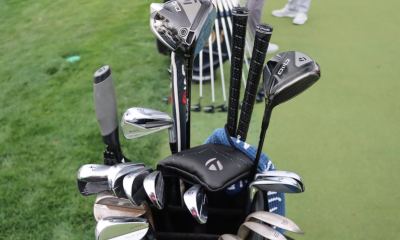
 Whats in the Bag2 weeks ago
Whats in the Bag2 weeks agoScottie Scheffler WITB 2024 (March)
-
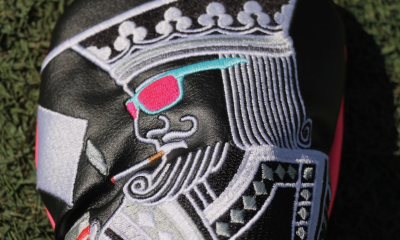
 Tour Photo Galleries3 weeks ago
Tour Photo Galleries3 weeks agoPhotos from the 2024 Arnold Palmer Invitational
-
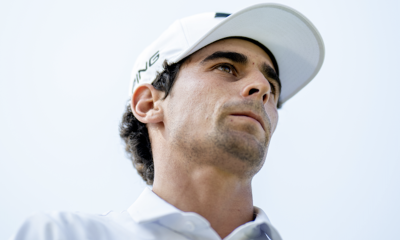
 19th Hole3 weeks ago
19th Hole3 weeks agoJoaquin Niemann names 3 PGA Tour events he’d love to play each year ‘in a perfect world’
-
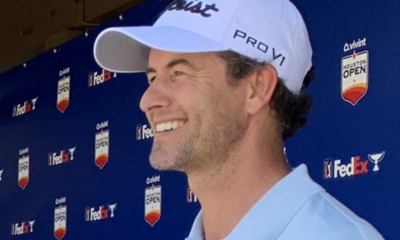
 19th Hole3 weeks ago
19th Hole3 weeks ago‘Seems suspect’ – PGA Tour pro hits out at decision to hand Adam Scott and Webb Simpson Bay Hill sponsor exemptions
-
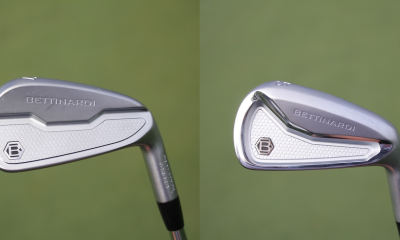
 Equipment3 weeks ago
Equipment3 weeks agoSpotted: Bettinardi irons at the Arnold Palmer Invitational
-

 19th Hole2 weeks ago
19th Hole2 weeks agoPaulina Gretzky opens up on receiving death threats following DJ’s move to LIV Golf
-
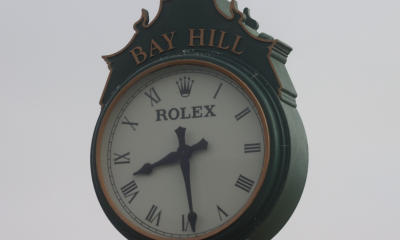
 19th Hole3 weeks ago
19th Hole3 weeks agoVincenzi’s 2024 Arnold Palmer Invitational betting preview: Big names ready to pounce at Bay Hill
-
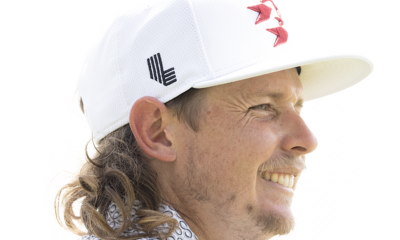
 19th Hole2 weeks ago
19th Hole2 weeks agoVincenzi’s LIV Golf Hong Kong betting preview: Trio of major champs primed for big week

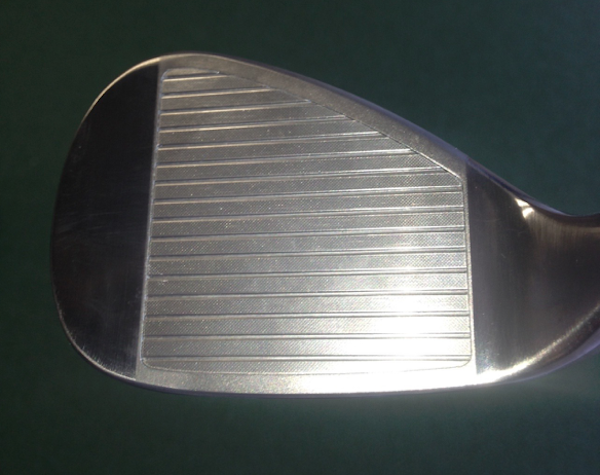
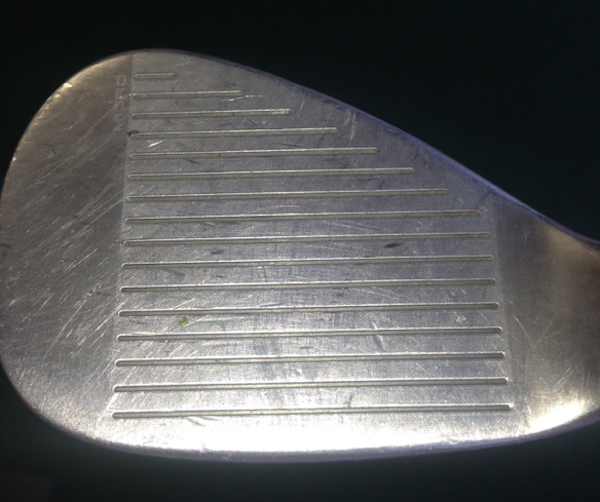
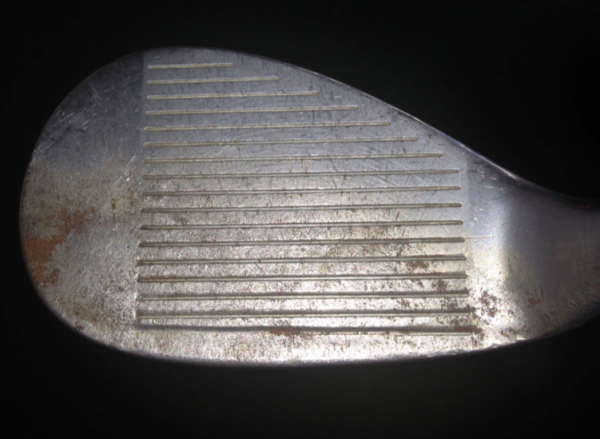
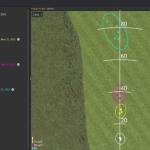
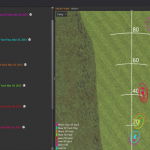
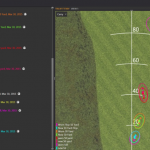


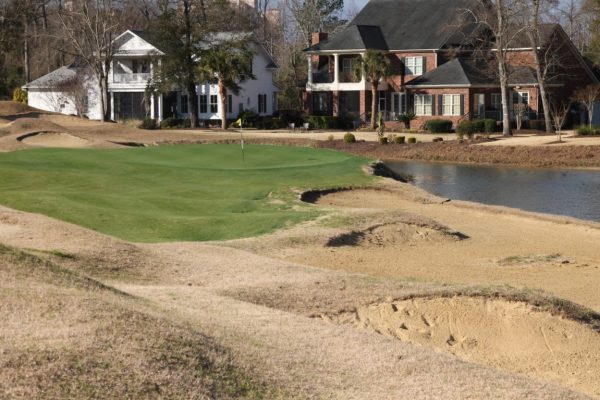
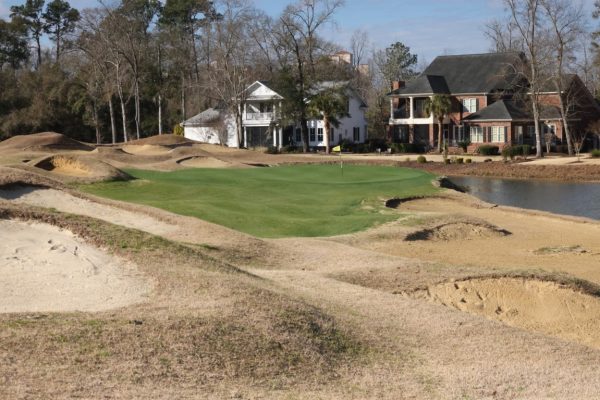
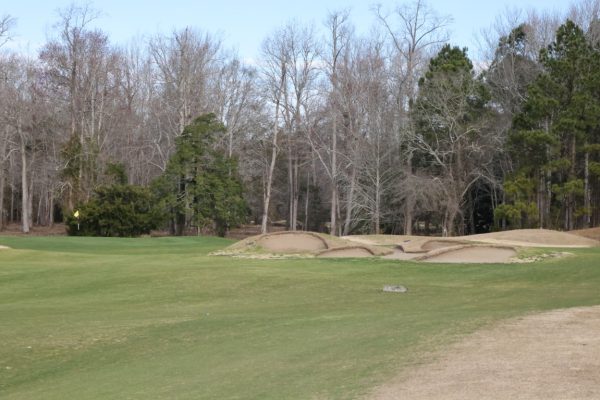
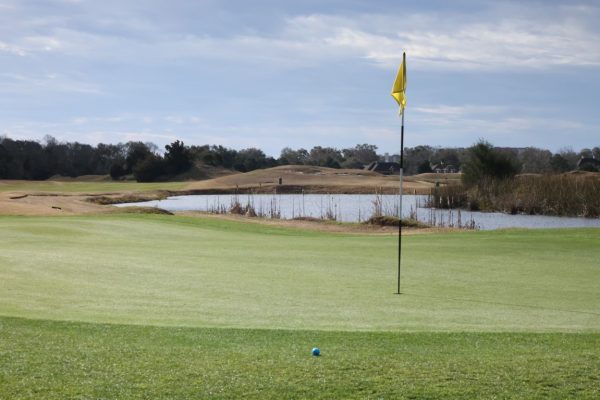
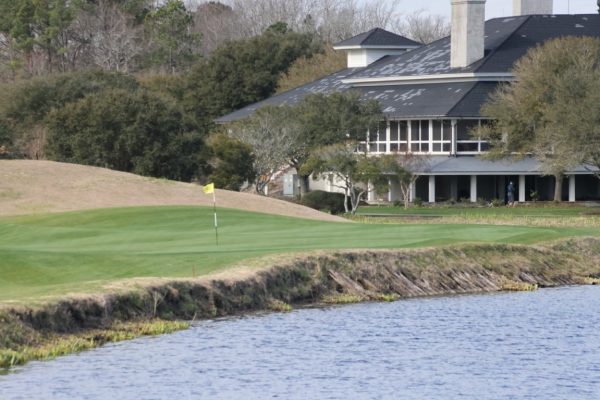
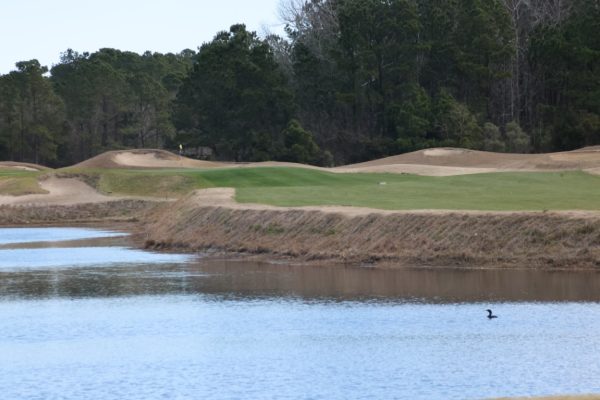
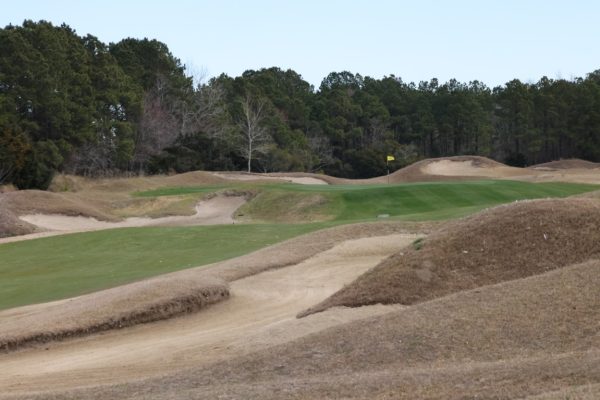
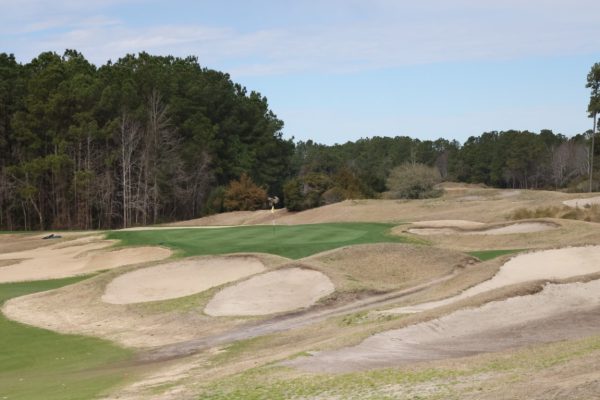
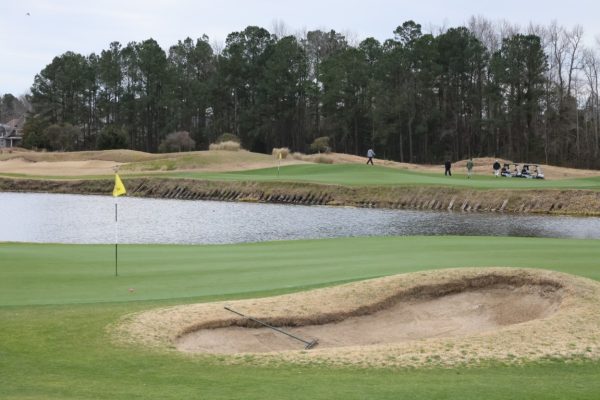
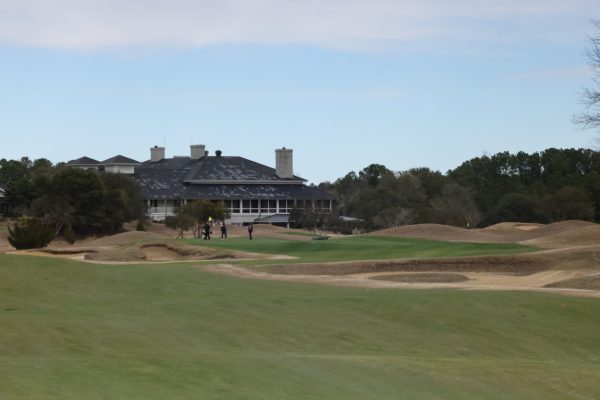
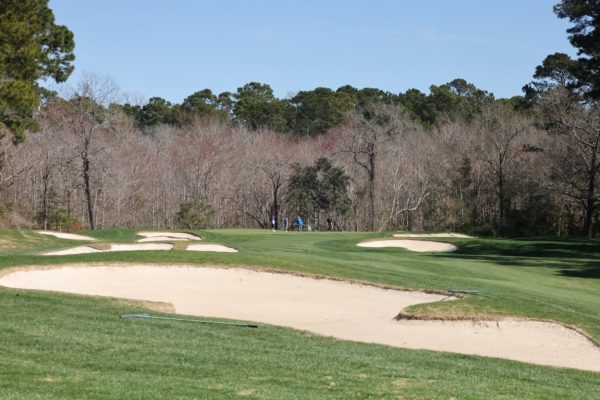
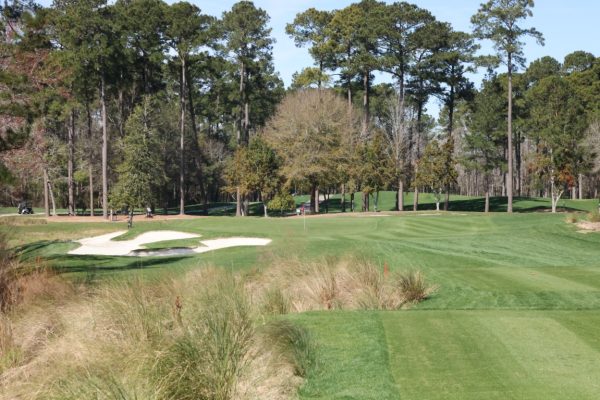
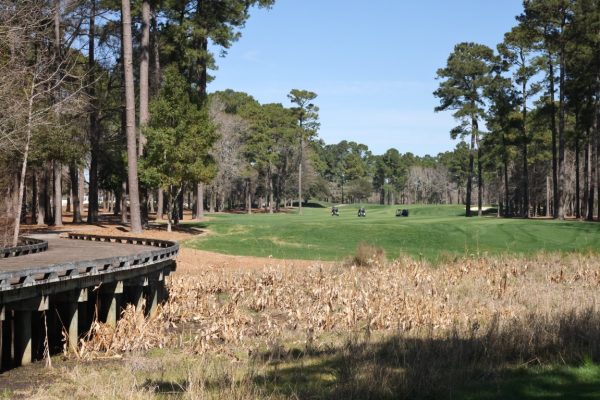
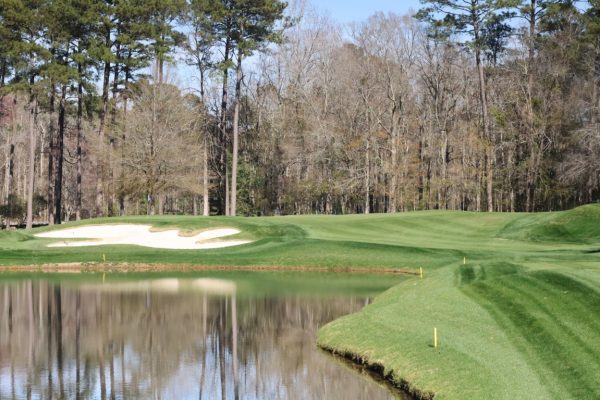
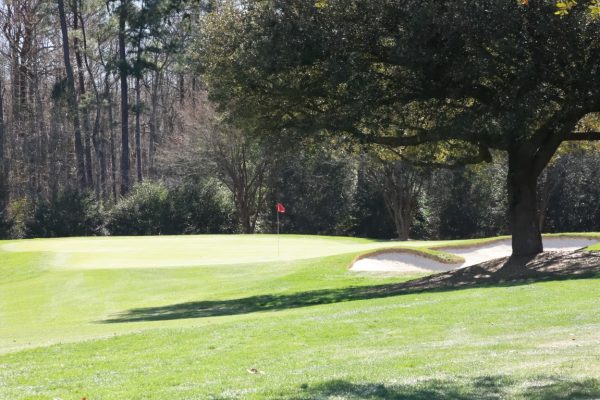
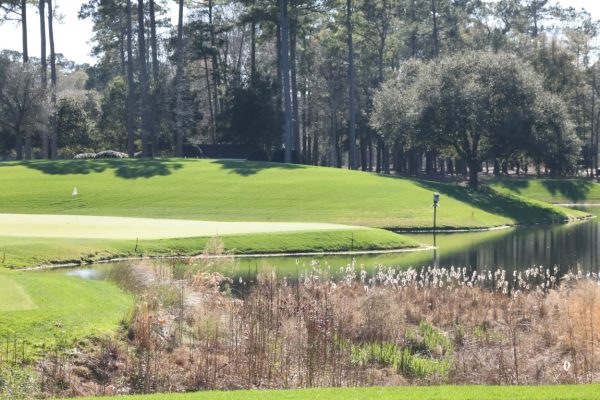
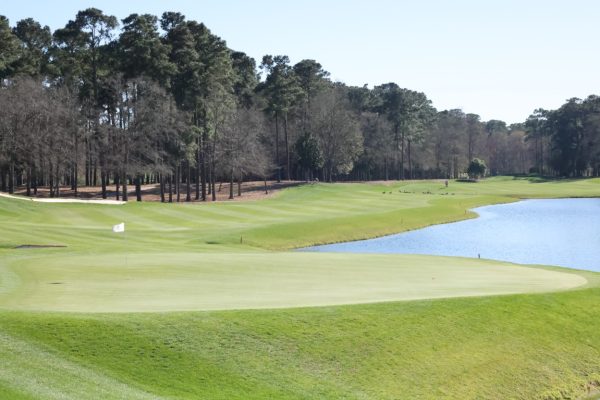
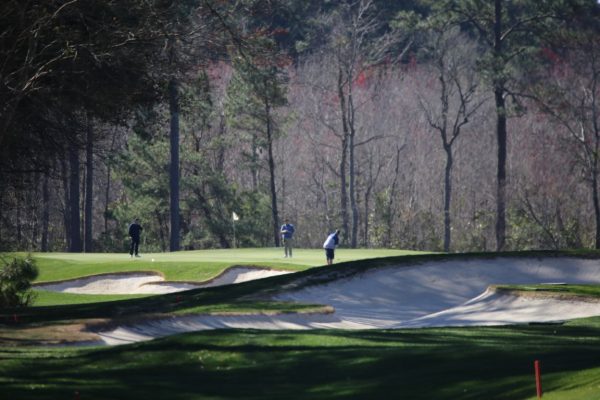
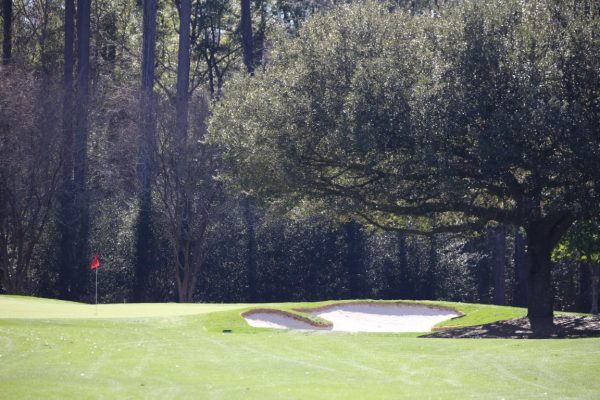
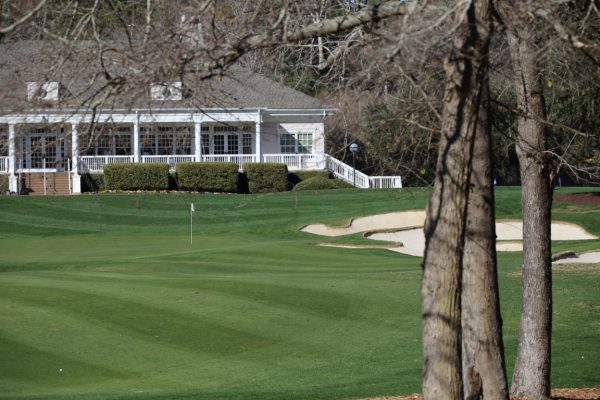
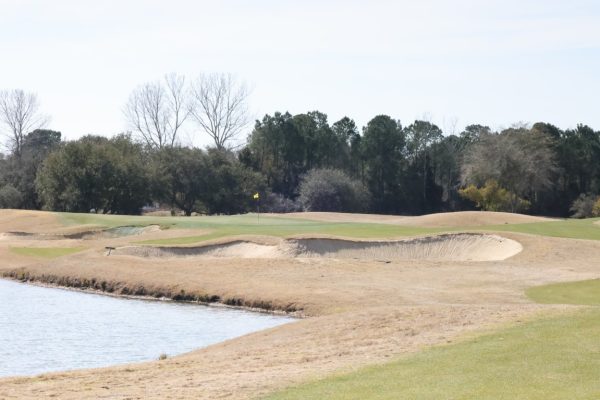
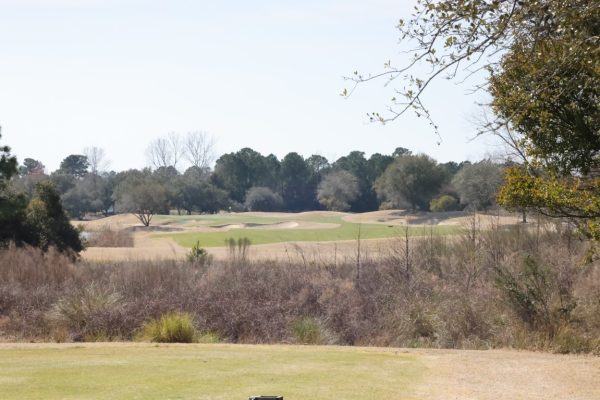
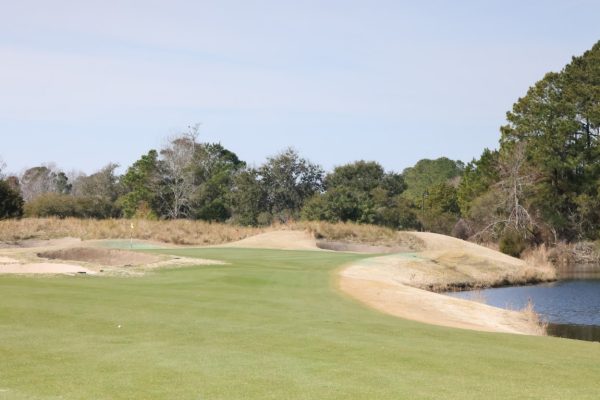
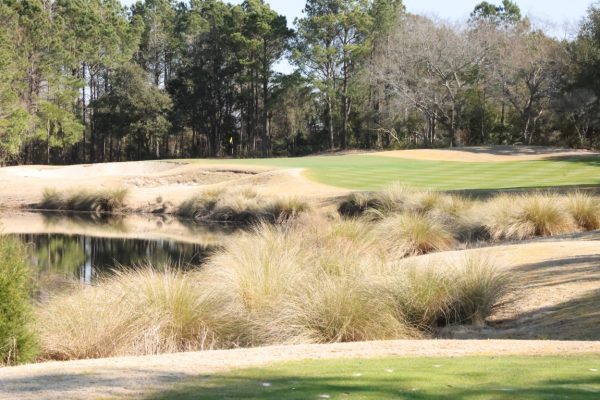
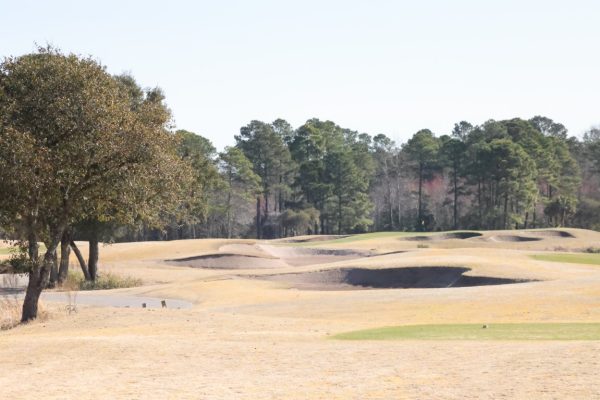

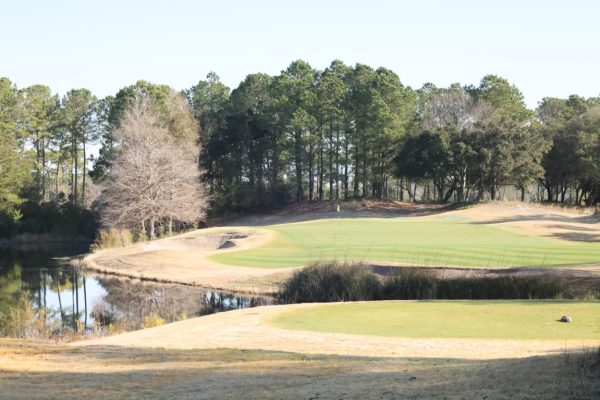
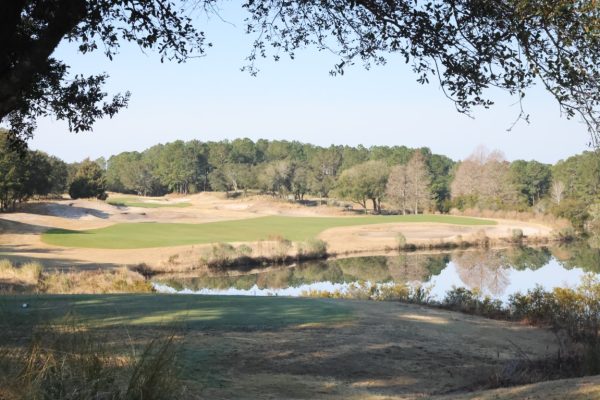
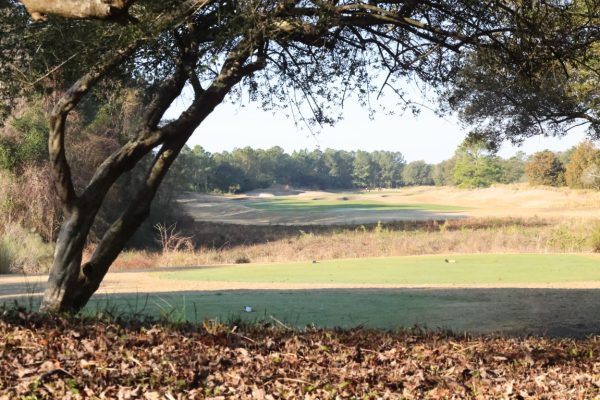
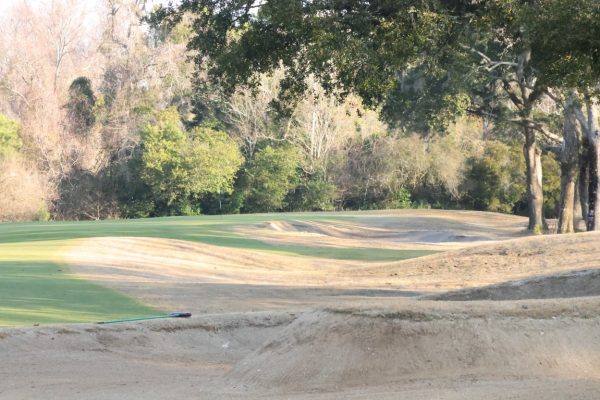
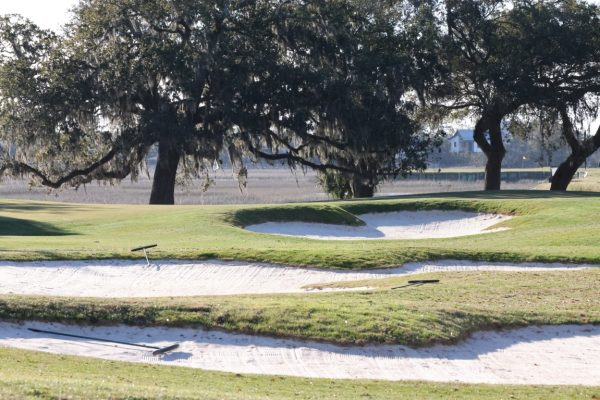
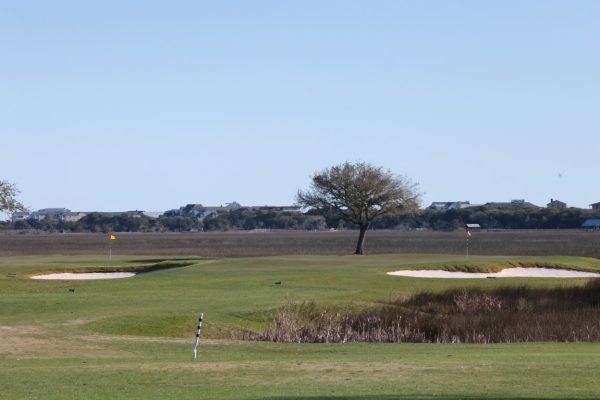
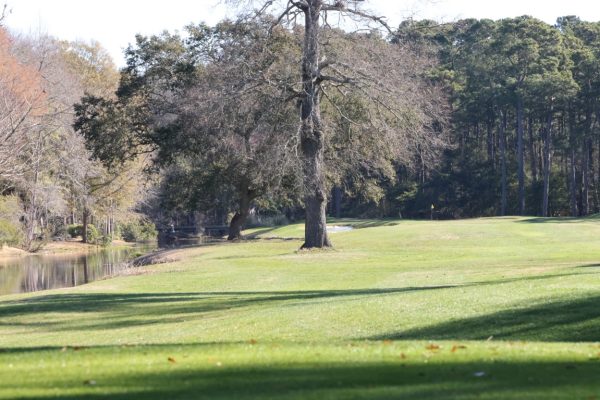
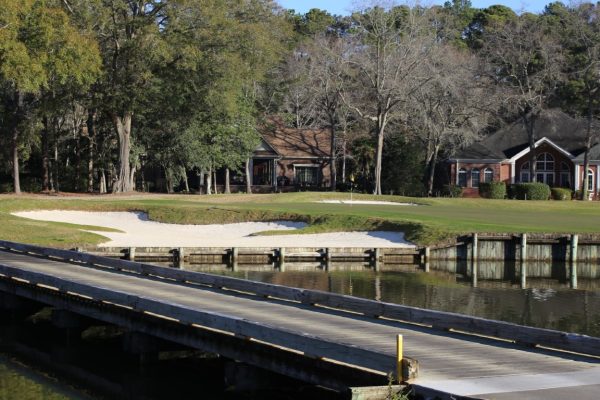
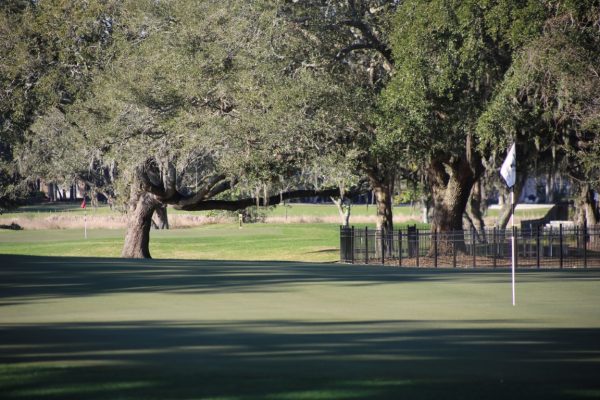
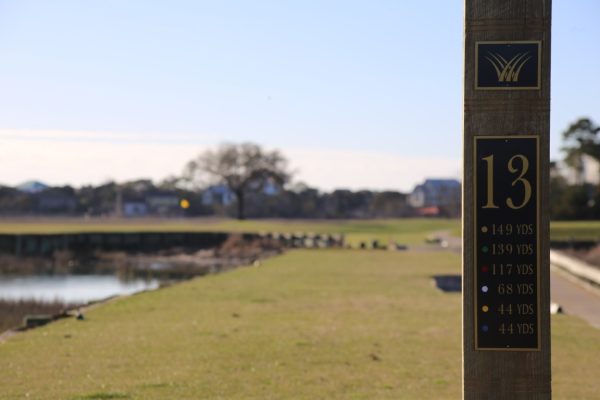
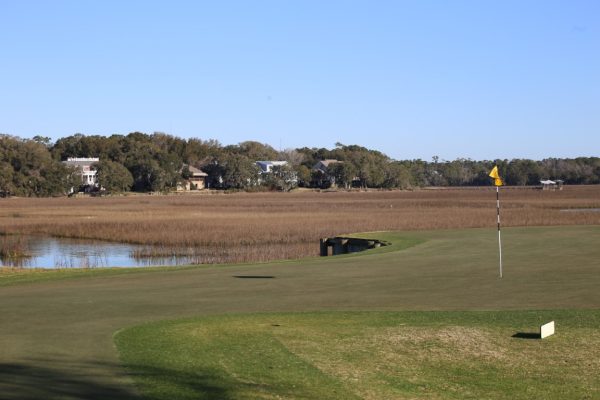
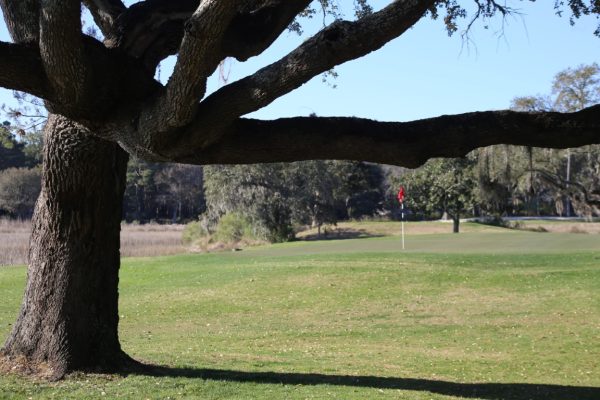
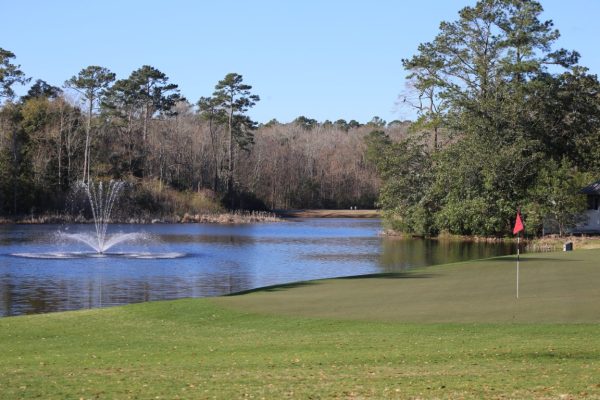
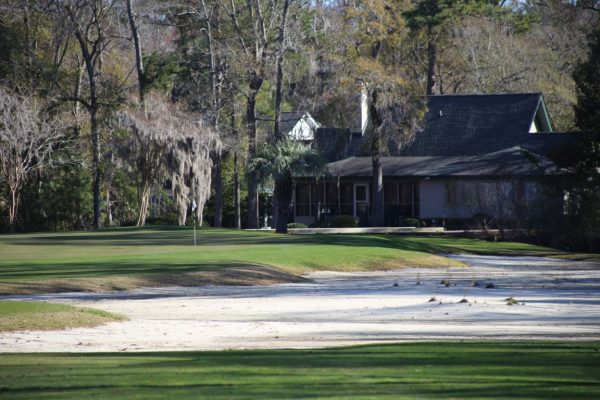











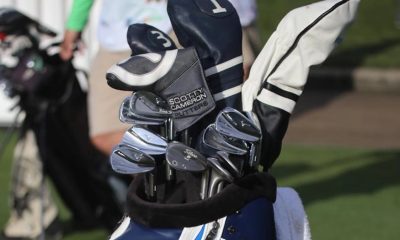

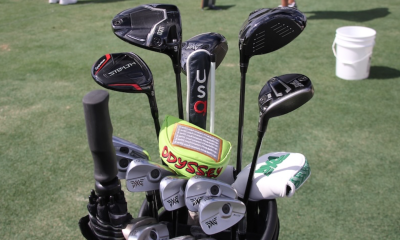

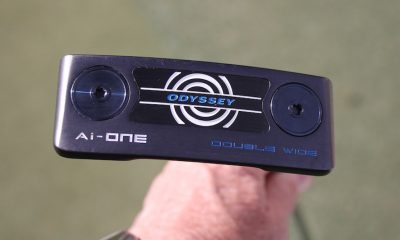

cody
Jul 2, 2015 at 2:11 pm
This article makes no sense. your data does not back up your conclusion.
Steve Daniel
Apr 18, 2015 at 8:24 am
I would rather know the difference in “raw” vs “chrome” or other finishes. the golf ball I use has a bigger influence on spin than this test with new vs. old.
A
Apr 9, 2015 at 1:53 pm
So, a super worn wedge spins just as much or up to 1000 rpm less than a brand new wedge? That’s the real take-away, right? I suppose that can be also regarded as a 0% or 10-20% reduction.
How much spin does the ball have when it lands?
My understanding, I can’t reproduce the trackman article as I can’t find it at the moment, is that on full shots the spin rate of a ball when it hits the green will roughly be the same (about 500 rpm) and the “lift” aspect has worn off and so it descends.
My understanding is that the more spin that is generated at the start of the ball’s flight, the higher the launch, the shorter the distance the ball flies and the steeper the landing angle. And that it’s this last element, the landing angle, that allows the ball to land and spin back.
Not every player wants or needs that. Did this “study” compare the deviation in spin rates shot to shot? Did the new wedge spin the ball more consistently at the same rate vs the super old wedge, or was there more variance shot to shot? I’d rather know my shot will react similarly on each shot than be concerned solely with the quantity of spin. It’s rather frustrating when you hit the middle of the green and it spins back off the front, or you expect it to spin with your brand new wedge so you hit it 10 yards past and it just stays there. At least in the process of wearing down a wedge, you’ve become familiar with how it reacts. But if you have access to a tour van and you’re familiar with how a brand new wedge reacts, than by all means, swap ’em out every round.
Gary Gutful
Apr 7, 2015 at 3:41 am
There are some super smug gits that comment on these articles.
Personally, I am glad that there are contributors that bother with these experiments (even if the methods aren’t accredited by the Society of Data Crunching Golf Noobs).
Loving the rusty look of my Mack Daddys but would happily replace if/when they stop cutting the pistachios in the spin department.
marcus
Apr 6, 2015 at 9:49 am
This study is scientifically un-measurable. Thanks for trying though.
TheCityGame
Apr 7, 2015 at 10:31 am
I love it when a guy thinks he’s sounding smart but ends up saying something completely stupid.
“This study is scientifically unmeasurable”.
What the hell does that even mean, dude? Are you trying to measure the study? The STUDY is scientifically unmeasurable?
Is there a way that it is measurable but just not in a scientific way?
Do you mean the spin rate on the clubs is not measurable?
If you’re going to be that smug about it (“thanks for trying though”), you better be able to come up with better reasoning than “this study is unscientifically unmeasurable”. Nonsense.
Bob Pegram
Jun 15, 2015 at 6:36 pm
Maybe he means that there are so many variables in how each player’s swing, angle of attack, etc. reacts with the club and ball, that it is impossible to make general conclusions. Even the author of the article mentioned that he was used to the sharper front edge of his most worn wedge which may explain the high spin from that wedge. It works for his swing – or he has gotten used to it and made his swing work with it> – who knows?
MRC
Apr 4, 2015 at 12:20 am
Love my Mizuno wedges even after two years.
The grooves look a bit tired but they come alive on the course.
Thanks for the article Tom.
Dave
Apr 2, 2015 at 7:28 pm
So in order to prevent hitting shots that don’t spin, we need to change our wedges when we notice that they’re not spinning? What a waste of a read.
Ken N
Apr 2, 2015 at 4:52 pm
I just wrote to Barney Adams about this very topic a couple of weeks ago, so I was pleased to see it addressed here today. Part of my question that was left unanswered, though, was: aren’t today’s wedges made of tougher stuff, to last longer, than previous generations of wedges? If the limit was, say, 5,000 strikes per wedge five years ago, shouldn’t I expect to get 25% more out of today’s space-age-materials club? The Big Names are marketing them that way, and they’re certainly priced that way.
Scott
Apr 2, 2015 at 2:55 pm
Tom,
Tom,
Were you surprised that the differences were not more pronounced? Maybe I just can not comprehend the difference in 400 to 600 rpm, it does not seem like a lot. Although 1000 rpm on the full shot seems substantial, it would be nice to see was this means on the green in various conditions. I guess that is something that I can play with on my own.
A side question. I have used a grove sharpening tool. Are there tests at a USGA event to see if the wedges comply? If not, do you know of anyone getting call out for illegal grooves?
Thanks
other paul
Apr 2, 2015 at 2:33 pm
I like that the clubs are different but all the same loft. Because not everyone buys a new set of vokeys every year or two. Lots of people buy different brands each time. I played Cleveland two years ago, now vokeys, thinking of Mack daddy’s next time. This is probably more realistic for the majority of golfers.
other paul
Apr 2, 2015 at 2:07 pm
Well Tom, I look forward to the same article in 5 years when you have had time to spend $450 on 3 identical wedges. I hope you enjoy storing one, hitting one 10,000 times to wear it out, and hitting one 30,000 times to really wear it out. And then rewriting this article for all the angry people.
other paul
May 16, 2015 at 1:12 pm
Looks like there are two of us…
AndyP
Apr 2, 2015 at 1:22 pm
What I got from the article is go source some really old worm wedges from the bargain bin. Cheers
petie3_2
Aug 23, 2015 at 7:40 am
My wedges of choice are 30 year old pre-Vokey Titleists; they’re almost identical to Vokeys but slightly heavier and better in the wet, long grass and sand. I had to pay $9 for one. (sob, outrageous).
mark
Apr 2, 2015 at 1:00 pm
All the statements are correct. The article is correct in that a new wedge will give you more backspin. If it doesn’t interest, you then don’t buy a new wedge. Sandblasting the face is a cheaper alternative and makes the old wedge spin like new and you keep the same feel of the familiar wedge.
Philip
Apr 1, 2015 at 11:56 pm
I wonder if this is why we see so many PGA players with rusty wedges. Maybe the rough surface gives them a consistent spin that doesn’t tend to change as they replace wedges.
Mike
Apr 1, 2015 at 7:30 pm
According to Andrew Rice in The Wedge Project, it’s actually the surface area on the clubface between the grooves that through friction impart the majority of the spin on the golf ball. Andrew recommends to find a local business that does sandblasting and have them sandblast the face of your wedge a few time per year with aluminum oxide. I found a place that does it for $5 a club after which it spins like day it came off the rack.
Philip
Apr 1, 2015 at 11:53 pm
Same reason why some PGA players do not clean the sand out of their wedge grooves after coming out of the bunker – extra spin. I could put some water on my wedges and do a few practice shots in the sand before play to get them ready. I guess I could always empty the sand out of my bag after a few weeks or so.
Tom Stickney
Apr 1, 2015 at 5:04 pm
RG– I take umbrage that you feel this way; I do articles based on facts. I don’t sell clubs nor do I get paid to do these articles. Thus I have no bias other than the facts.
RG
Apr 1, 2015 at 10:53 pm
OR
The other thing is you can over spin a wedge. Sam Snead said,” I never made any money with my ball coming back at me.”
Jackie Burke still plays the same wedge he used to win Augusta in the 50’s.
The”facts” that you represent in your article are based on a data set from a machine, and from the photos you attached three dissimilar clubs. .Empirically speaking your data sets are flawed. In addition here are more “facts” that go into visualizing and creating good wedge shots. other than new grooves and more spin. Touch and feel have a lot to do with it and new wedges can be counter productive to this end.
Thank you for sharing and I do not mean any rudeness toward you and your findings, but your experiment is flawed,
Steve Daniel
Apr 18, 2015 at 9:10 am
Tom, don’t take offence.
as a retired engineer I like data, but there are too many things left unsaid in this review. for this to be a valid test you would need several sets of documented clubs with several samples of balls, people, and etc. that doesn’t mean that I didn’t enjoy the article. I do the same types of things myself.
Nathan
Apr 1, 2015 at 5:04 pm
Brand New Pro V1 Ball makes my wedges feel new again
Perry
Apr 1, 2015 at 12:58 pm
The only way I’d buy this is that if all 3 clubs were the exact same model with the exact same shaft. It’s an awesome idea, but I don’t think you’re comparing apples to apples. You’d get similar results if you had three different head/shaft combinations of new clubs.
Dave S
Apr 1, 2015 at 2:42 pm
Took the words right out of my mouth. From the pics, it’s pretty clear they are not the same brand.
RG
Apr 1, 2015 at 4:54 pm
You are 100% correct. This “article” is another in a long line of “you need to go buy new clubs” articles.
OR
The other thing is you can over spin a wedge. Sam Snead said,” I never made any money with my ball coming back at me.”
Jackie Burke still plays the same wedge he used to win Augusta in the 50’s.
Brody
Apr 1, 2015 at 12:15 pm
Tom,
Nice article, I enjoyed it. Would you foresee those Groove Sharpener tools making any difference on spin rates? Replacing wedges every season can certainly get expensive; I’d be interested in seeing if those tools make any difference on Trackman.
Steve
Apr 1, 2015 at 1:00 pm
+1
Jon
Apr 1, 2015 at 1:56 pm
The only problem with groove sharpeners is if you cut the grooves too deep that club becomes non-conforming. Since I don’t play in any USGA sanctioned tournaments and no longer maintain GHIN, I use the groove sharpener at the beginning of every season (Golf Works part no. GW1111) and it does a pretty good job. It saves me $120/year which buys me about 3 rounds of golf.
Mikko U
Apr 1, 2015 at 11:56 am
Interesting to read that there wouldn’t be much difference on partial swings. For me there was a huge difference going from three years old wedges to new ones even on 40-yard chip/pitch shots. They turned into hop and stop rather than hop and roll out.
Also, isn’t there quite a lot of slippage from any 58* wedge? So wouldn’t some 50-52 degree wedges have worked better as there’s less slipping due to the loft and the grooves would have probably made a bigger difference (or showed more precisely that there isn’t a difference)?
Chuck
Apr 1, 2015 at 11:42 am
I don’t doubt the data; but almost as important to spin, is the feel I have developed with older wedges. Weight, balance, bounce, etc. Before the groove rule went into effect, I bought a handful of the kind of gap wedge (Vokey 452.08) and sand wedge (Vokey 258.08) that I love, and I nurse them as much as possible. So while the grooves do get worn, at least they are pre-rule grooves. Legal for me until 2024.
This all gives real meaning to the short-lived (why???) TaylorMade solution, which was to supply exchangeable faces for its XFT series wedges.
http://www.taylormadegolf.asia/bn/xft-wedge-specifications.php